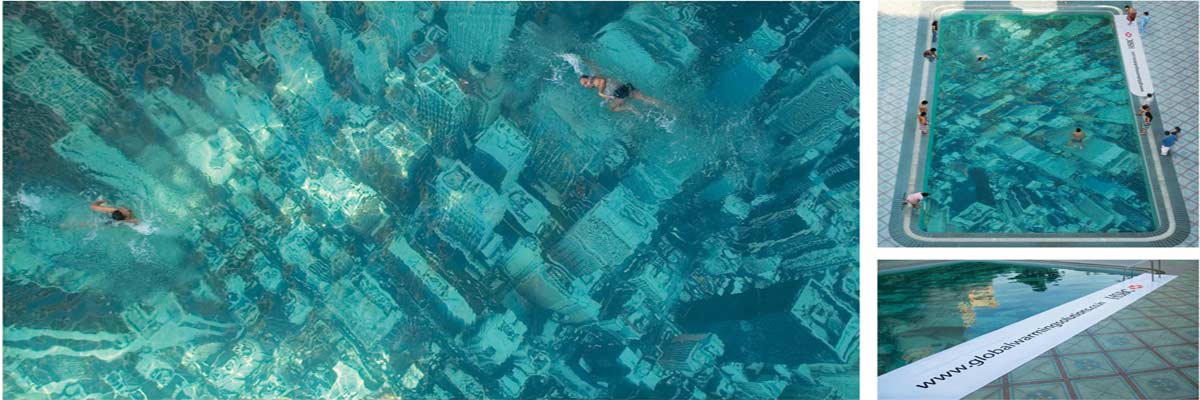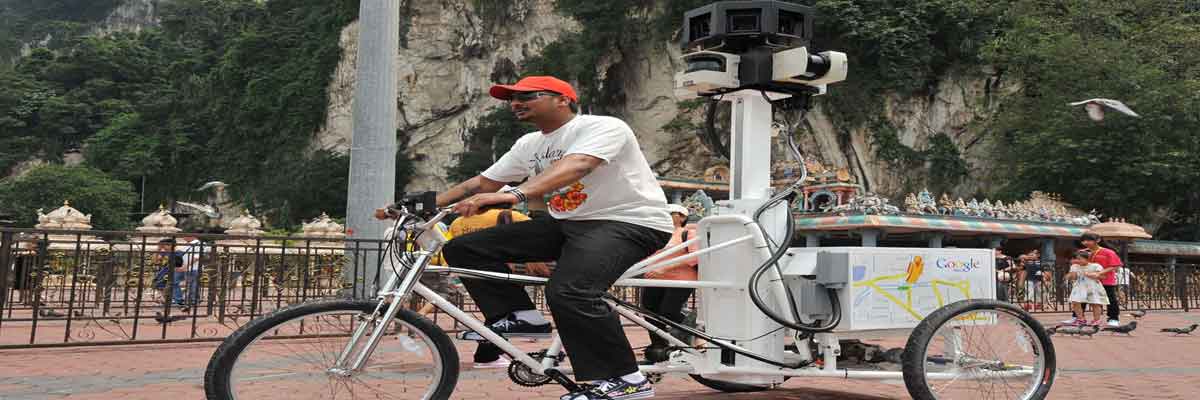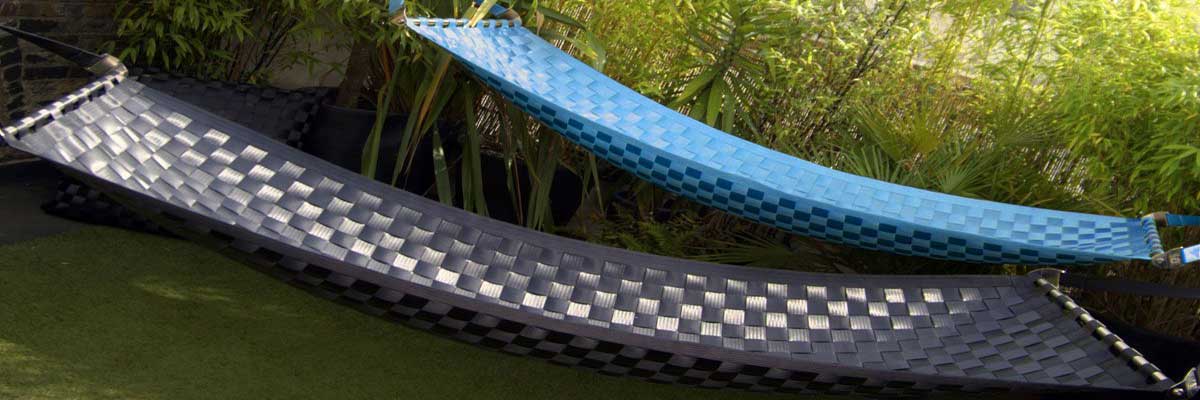Global Warming Swimming Pool Delivers Clever Message
Back in November, British banking giant HSBC did a clever thing with a swimming pool: they took a picture of New York City from above and applied it to the bottom to make a point about climate change and rising sea levels. The effect is nothing short of amazing. My eyeballs are still having trouble not believing these people aren’t swimming a thousand feet above the NY skyline. Granted, sea levels would never rise that much — and the water probably wouldn’t be crystal clear (or toxin-free) — but, it still makes you think.


Google Street View Camera Goes Low-Tech With Trike Version
Google’s Street View fleet has a new low-tech edition: the Google Trike. For those not familiar with the street capture technology, it’s a feature on Google Maps that allows you to view actual images of a street location — in 360 degrees. Beyond the fascinating technology that puts this all together — what’s even more impressive is the army of employees out there on the roads of America (and almost every other country) taking panoramic snapshots using the Google camera vehicles.
Of course, cars (thankfully) aren’t allowed to go everywhere. But that hasn’t stopped Google. The search engine giant has instead hacked a trike to carry the necessary equipment to get the digital deed done. From Autobloggreen,
The three-wheeled, human-powered overgrown tricycles carry 250 pounds of ballast in the form of “a mounted Street View camera and a specially decorated box containing image collecting gadgetry,” says the internet giant. All that extra heft reportedly requires a “specially trained super fit” rider. Google’s new trikes will be deployed first in Genoa, Italy, this spring. Assuming that launch proves successful, Google will send its pedal-powered cameras to the United Kingdom, where they’ll point their lenses towards a slew of famous British landmarks.
Wind Turbines On High Voltage Power Line Towers Wins NextGen Contest
I’m sure many environmentalists have passed power line towers while cruising in vehicles and wondered aloud, “Why can’t we just throw some wind turbines up there?” In fact, earlier last year, Ericsson unveiled the first-ever cell phone tower with a vertical-axis wind turbine integrated. If we can do it in cell phone towers, why not transmission towers?
That’s the question two architects and an engineer from France used as the starting point for their “Wind-It” concept — a a design to place wind turbines inside existing high-voltage electricity pylons. They’re also the winners of the 2009 Metropolis Magazine Next Generation Prize Challenge: “FIX OUR ENERGY ADDICTION.” $10K was given to the team to take their idea to the next level. From the article,
Recycled Seatbelt Hammock Will Rock You Safely To Sleep
After discovering this recycled seatbelt hammock from TING, I’m convinced that there’s no limit to the clever reuse of discarded materials.
These gorgeous handwoven hammocks are made from reclaimed seatbelt webbing. They are water resistant, comfy, and most-definitely a conversation starter. Colors available include bright shades like hot pink, orange, camel, turquoise, chocolate or black. The company also makes a line of recycled pillow covers that look just as pretty. But recycled art comes with a price: $585 for each hammock. Ouch.









